BLW When to Start: Introducing Your Baby to Solids
Baby led weaning (BLW) is a popular approach to introducing solids to babies. Unlike traditional spoon-feeding methods, BLW encourages self-feeding with finger foods from the start. This method allows babies to explore food at their own pace and develop their fine motor skills. In this article, we will discuss when to start baby led weaning, the benefits of this approach, the types of foods to offer, and safety tips.
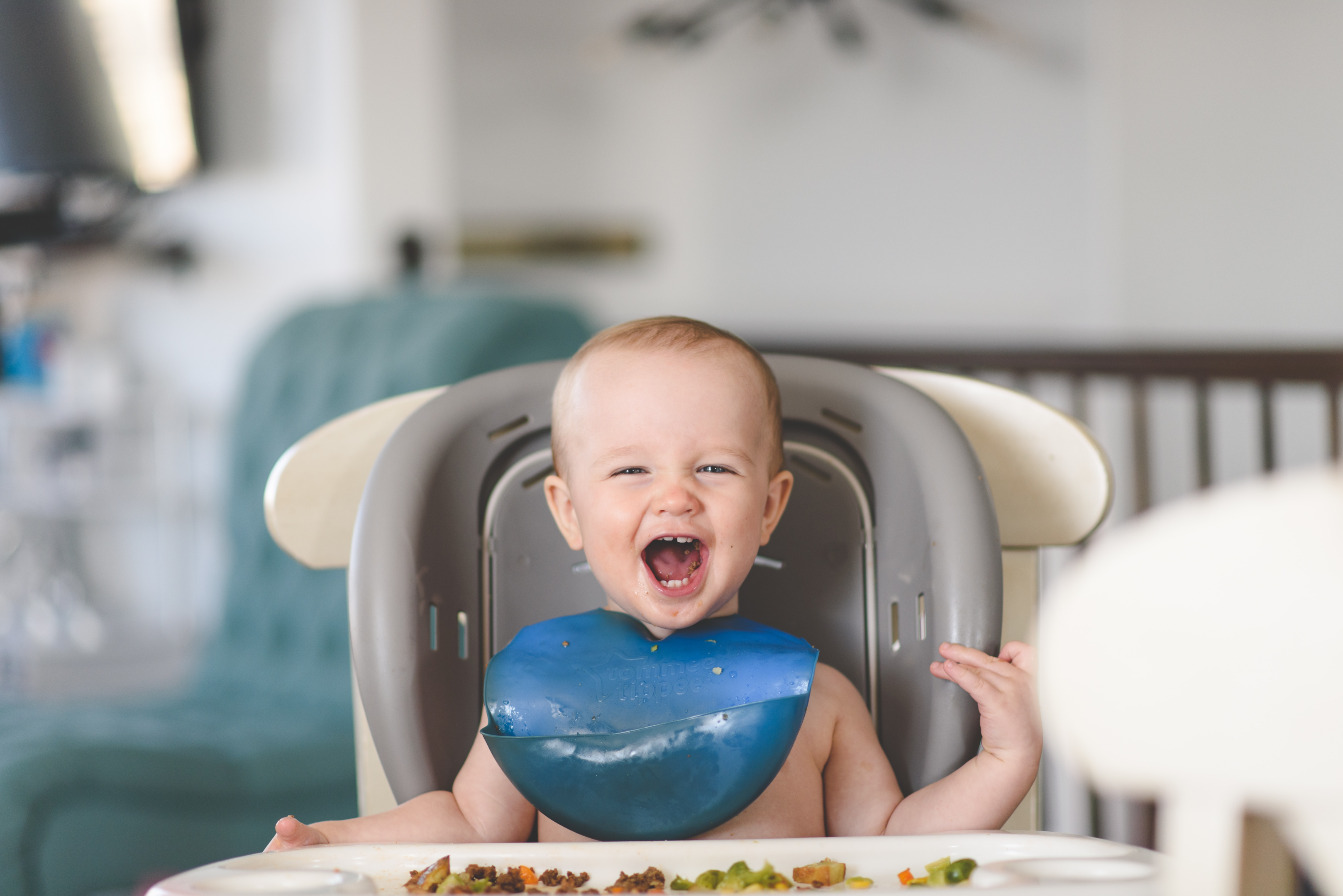
When to Start Baby Led Weaning
Most babies are ready to start baby led weaning around 6 months old, when they can sit up with support and hold their head up steadily. They should also show an interest in food and have lost the tongue-thrust reflex, which makes them push food out of their mouth. However, some babies may be ready as early as 4 months or as late as 8 months. It’s important to consult your child’s pediatrician before starting solids.
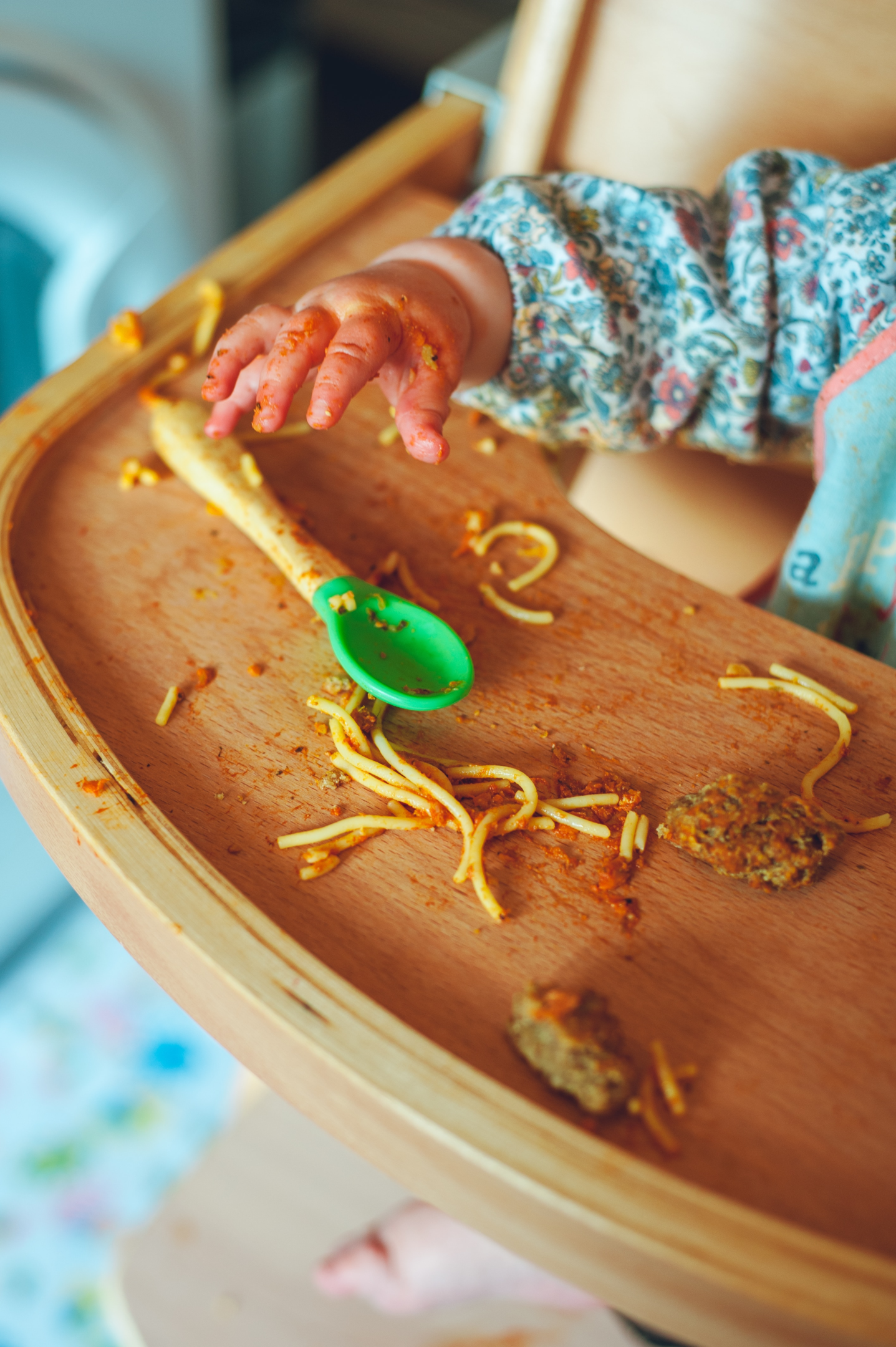
Benefits of Baby Led Weaning
One of the biggest benefits of the baby led weaning approach is that it promotes self-feeding and allows babies to explore different textures and tastes. This method also encourages the family mealtime experience by allowing babies to eat the same foods as their parents. Additionally, research has shown that baby led feeding may help babies regulate their food intake and reduce the risk of obesity later in life.
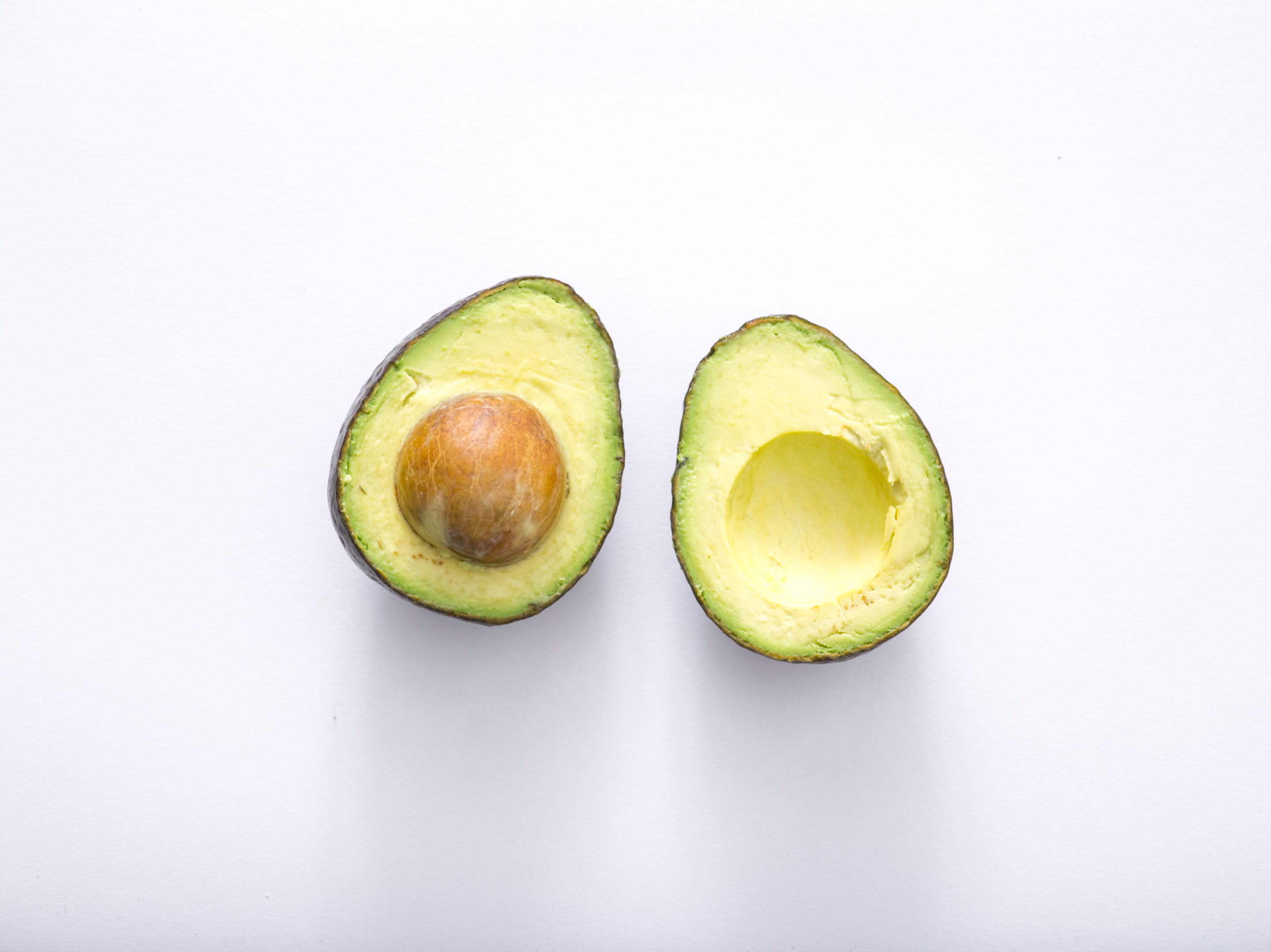
It helps babies learn self-regulation
Baby-led weaning can help babies learn self-regulation as it allows them to explore and learn about food at their own pace. By allowing the baby to decide what and how much to eat, they are given the opportunity to tune in to their hunger and fullness cues, rather than being forced to finish a certain amount of food. This can promote a healthy relationship with food and reduce the risk of overeating or undereating. Additionally, baby-led weaning can also help babies develop their fine motor skills and hand-eye coordination as they pick up and manipulate food. Overall, baby-led weaning can promote a positive and enjoyable feeding experience for both the baby and the caregiver.
It helps hone important developmental skills
The ability to assess a person’s hunger is very important to a child. Eventually, he argues, people can become self-regulated. They won’t eat because they control what goes in the mouth. Baby can also practice tasks that require a good motor skills. Dr. Churbock says they practice grabbing food and placing it in their mouth, and then chewing and swallowing. These activities involve fine motor skills and oral motor skills “.
Baby Led Weaning Foods
When starting baby led weaning, it’s important to offer age-appropriate foods that are easy for your baby to pick up and chew. Soft foods like roasted whole sweet potatoes, potato wedges, steamed broccoli, and roasted apple wedges are great options to start with. Avoid potentially allergenic foods like nuts, shellfish, and cow’s milk until after 1 year old, and always supervise your baby when eating round or whole foods like grapes or hot dogs to reduce choking risk.
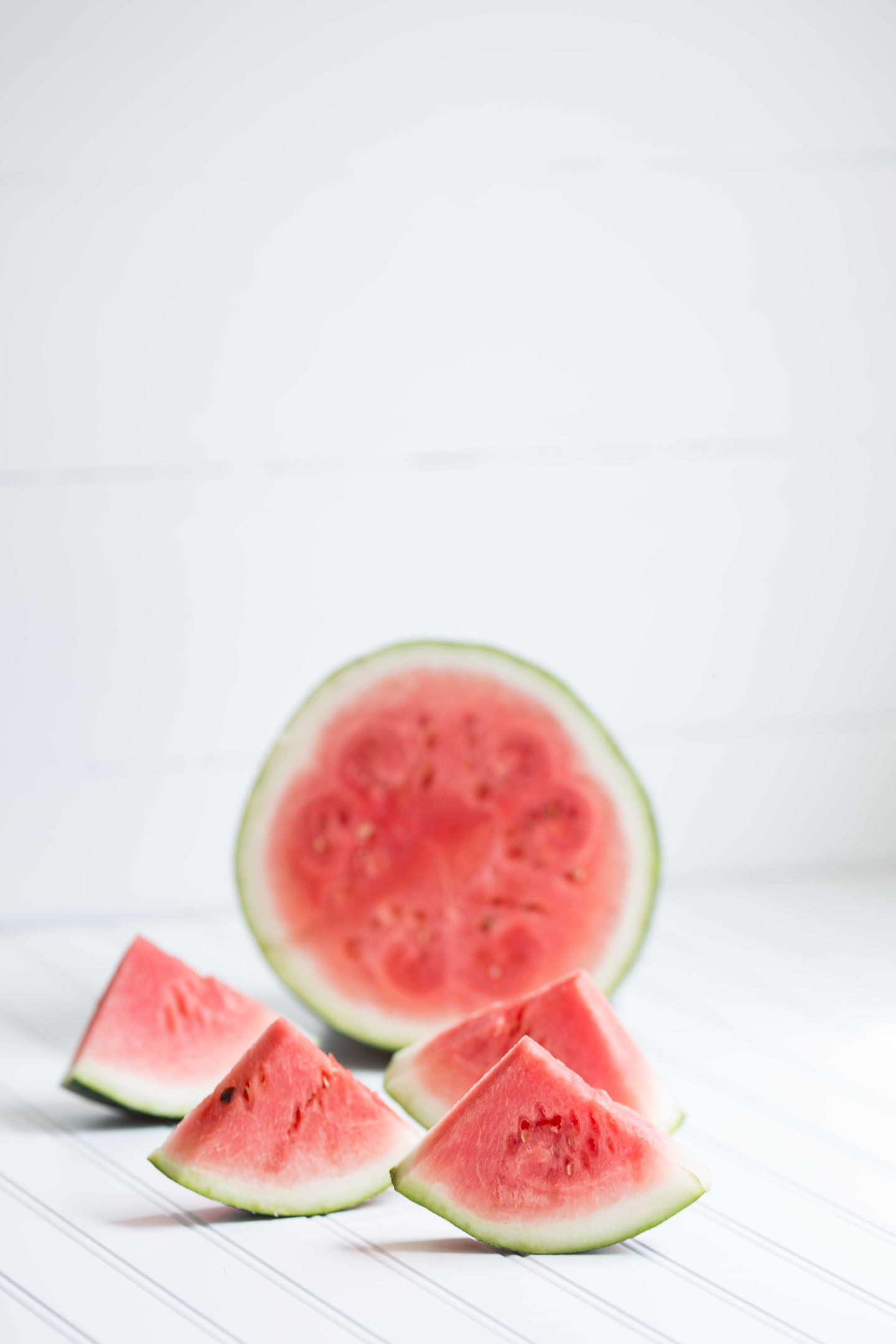
Introducing Solid Foods
Before starting baby led weaning, it’s important to make sure your baby is ready for solids. Begin by offering breast milk or formula in addition to the solids to ensure they are still getting the necessary nutrients. Introduce one food at a time and wait a few days before introducing a new food to check for any allergic reactions. Pureed foods and jarred baby food are not necessary for baby led weaning, as babies can eat family foods that are cooked and cut into appropriate sizes.
It saves time and money
No need for special baby food: With BLW, there’s no need to buy or prepare special baby food, for family meals since the baby can eat the same foods the family is eating. This can save money on expensive baby food and reduce the time spent making separate meals for the baby.
Less preparation time: Since BLW involves giving the baby whole foods that can be easily held and eaten, there’s no need to puree, mash, or spoon-feed the same food. This can save time on preparation and clean-up.
Encourages self-feeding: BLW encourages babies to feed themselves, which can help develop their fine motor skills and independence. This can also save time for parents who can focus on other tasks while the baby feeds themselves.
Reduced picky eating: BLW can help reduce picky eating habits, as babies are exposed to a variety of textures and flavors from all food groups at an early age. This can save time and money in the long run by reducing the need to cater to picky eaters.
Are there any risks of baby-led weaning?
As with any feeding method, there are potential risks associated with baby-led weaning. However, many of these risks can be mitigated with proper precautions and supervision.
One potential risk is the risk of choking. When babies are given large pieces of food that they are not developmentally ready to handle, they may be at risk of choking. To minimize this risk, it is important to choose appropriate foods that are soft and easily mashed or gummed by the baby. It is also important to supervise the baby closely while they are eating and to make sure they are sitting upright and not leaning back or playing while eating.
Another potential risk is the risk of not getting enough nutrients. When babies are exclusively breastfed or formula-fed, they are getting all the nutrients they need. However, when they start eating solids, it is important to ensure they are getting a balanced diet with enough iron, protein, and other essential nutrients. This can be achieved by offering a variety of nutrient-dense foods and continuing to breastfeed or provide formula.
Safety tips to keep in mind when trying baby-led weaning
Take an infant CPR course to help you have peace of mind when your baby eats. It is inevitable that your baby will gag as they try new foods, but that does not mean they are choking or that you have done anything wrong. It is just part of the learning process. As they learn to regulate how much goes in their mouth at a time and how to chew foods, they will get better. Also your baby has instincts to gag to protect them.
Tip: if you think your baby is choking on finger food, demonstrate to them how to gag. It will feel silly, but it helps them learn that they should gag if they ever feel like the food is stuck.
As with any feeding method, there are safety tips to follow when starting baby led weaning. Always supervise your baby while eating and avoid giving certain foods that pose choking risk, such as popcorn, hard candy, or raw apples. Cut food into small, manageable pieces and avoid giving too much food at once. Encourage your baby to self-regulate their food intake and avoid spoon-feeding, which can interfere with their ability to self-feed.
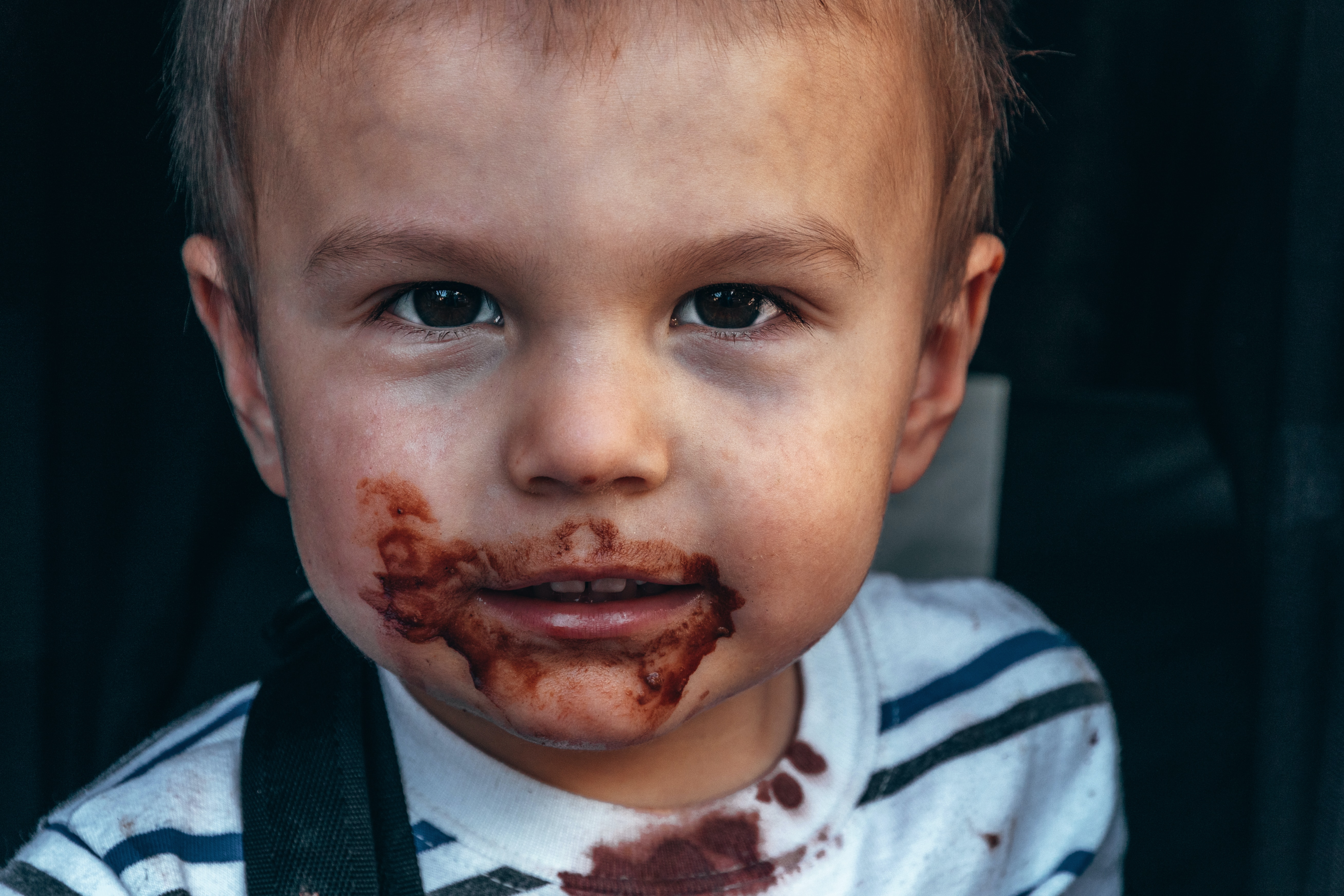
Great first foods
Slice soft foods into “finger-sized” pieces which can be grasped easily, said Churbock. The food has been solid so that they can pick up the food and hold it long enough so they could see some part and soft enough for gum and chewing. Several examples include: It’s not necessary to completely eliminate round foods and pure textures for babies to be fed. In adulthood, our diet includes soft-textured food,” says Churbock. Soft foods like yogurt, oatmeal and applesauce can be very good early meals for a baby.
Do I have to choose between baby led weaning and puree feeding?
No, you don’t have to choose between baby-led weaning and puree feeding. You can use a combination of both methods, which is often referred to as “combination feeding.” This approach allows you to introduce a variety of textures and flavors to your baby’s diet while also giving them the opportunity to practice self-feeding skills.
For example, you could offer your baby soft, mashed foods like avocado or sweet potato on a spoon or allow them to self-feed with larger pieces of soft foods like steamed broccoli or banana. You could also offer purees alongside finger foods to provide a variety of textures and allow your baby to explore different ways of eating finger foods.
Ultimately, the most important thing is to follow your baby’s lead and offer a variety of healthy, age-appropriate foods in a safe and supportive environment.
Set up a safe place to eat
Setting up a safe place for your baby to eat during baby-led weaning is essential for their safety and to make sure they have a positive experience with food. Here are some tips to help you create a safe environment for your little one:
1. Choose the Right High Chair:
A sturdy, well-constructed high chair is a must for baby-led weaning. Choose one that will evolve with your baby as they grow and lets them eat with you at the table. The Tripp Trapp High Chair and Cushion with Stokke Tray is an excellent product for parents looking for a high-quality and safe high chair for their baby. The chair is designed to grow with your child, making it a good long-term investment.
The Tripp Trapp High Chair has a sleek and modern design that will fit seamlessly into any home. The chair is made from solid beechwood and is available in a range of colors, making it easy to find one that matches your decor. The chair is adjustable, with a footrest and seat that can be adjusted to suit your child’s needs as they grow.

The Stokke Tray is a great addition to the Tripp Trapp High Chair, providing a safe and secure surface for your baby to eat from. The tray is easy to attach and remove, making it easy to clean and use. The tray is made from high-quality materials and is designed to fit snugly onto the chair, preventing any spills or accidents.
The Tripp Trapp High Chair also comes with a cushion, which provides extra comfort for your baby while they are sitting in the chair. The cushion is made from soft and breathable materials, making it perfect for sensitive skin. The cushion is easy to remove and machine washable, making it easy to keep clean and hygienic.
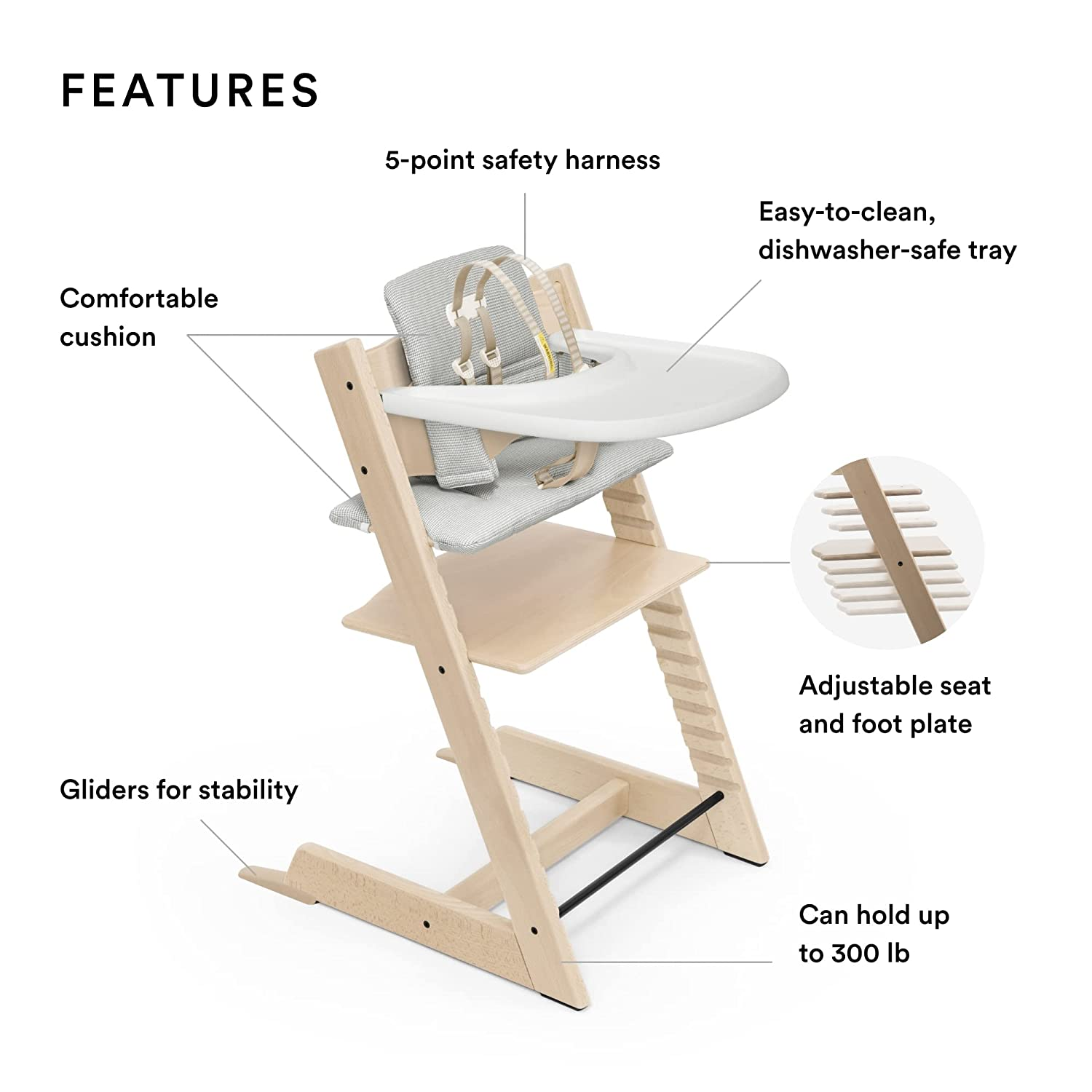
2. Use a Splash Mat:
Baby-led weaning can be messy, so it’s a good idea to put down a splash mat under the high chair to catch any spills or dropped food. This will also make clean-up easier. A splash mat is a protective layer that can be placed under a high chair to catch any spills or messes during mealtimes. Using a splash mat can be beneficial for several reasons:
- Easier clean-up: With a splash mat, any spills or messes can be easily wiped up or washed away, which saves time and effort in cleaning the floor.
- Protects floors: A splash mat provides a barrier between the high chair and the floor, preventing food and liquids from damaging or staining the flooring.
- Promotes independence: By using a splash mat, parents can allow their baby to feed themselves without worrying about the mess they might make. This helps to promote independence and self-feeding skills.
- Versatile use: Splash mats can also be used for other messy activities, such as arts and crafts or sensory play, making them a versatile investment.
Overall, using a splash mat can make mealtime clean-up easier, protect floors, promote independence, and be used for other activities. It is a simple and effective way to create a safe and clean eating environment for your baby during their high chair years.
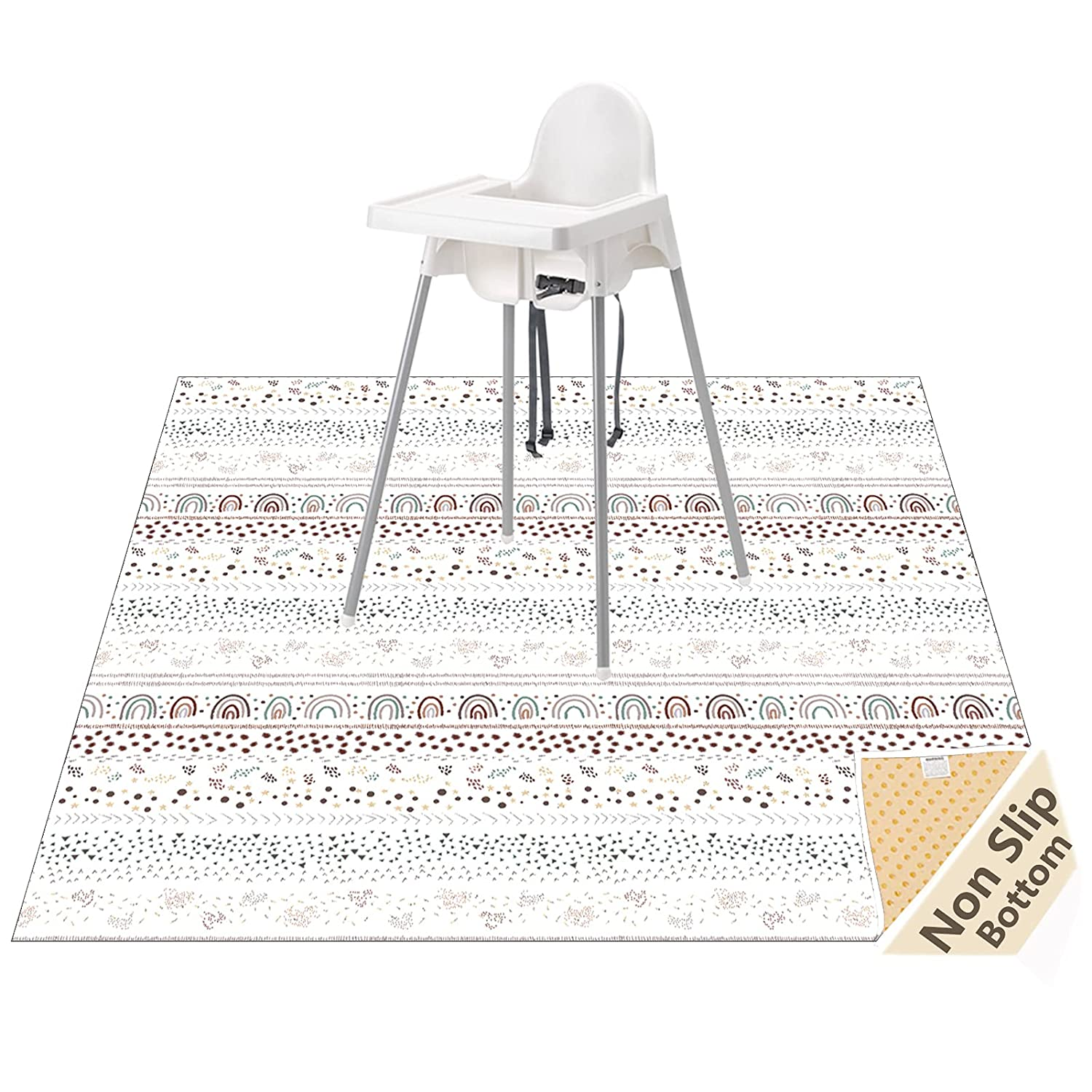
3. Use the right tools
Ez Pz is a baby brand that specializes in making feeding accessories for babies and young children. Their products are designed to make mealtime easier and more enjoyable for both parents and kids. Here is a review of the Ez Pz brand and some of their popular products:
- Happy Mat: The Happy Mat is one of Ez Pz’s most popular products. It is a silicone placemat with divided sections that help keep food separated and organized. The mat suctions to the table or highchair tray, making it difficult for babies to pick up and throw their food. This is a great product for parents who want to keep their floors and furniture clean during mealtimes.
- Mini Mat: The Mini Mat is similar to the Happy Mat, but is smaller in size and has a single section. This product is great for on-the-go feeding or for use at restaurants. It can easily fit into a diaper bag or purse and is made of high-quality silicone that is both durable and easy to clean.
- Tiny Spoon: The Tiny Spoon is designed for babies who are just starting to eat solid foods. The spoon is small enough for a baby’s mouth and has a soft, flexible tip that is gentle on their gums. The handle is also ergonomically designed for parents, making it easy to hold and control while feeding.
- Happy Bowl: The Happy Bowl is another great product from Ez Pz. It is a bowl with a suction base that keeps it firmly in place during mealtimes. The bowl also has a lid, making it easy to store leftovers or pack meals for on-the-go. The bowl is made of high-quality silicone that is both durable and easy to clean.
4. Give your baby an open cup or a straw cup
Giving your baby anopen cup is important for their development in several ways. Here are some reasons why you should consider using an open cup:
- Developing oral motor skills: Drinking from an open cup requires your baby to use their mouth muscles in a different way than they do with a bottle or sippy cup. This helps develop their oral motor skills and improves their ability to chew and swallow.
- Promoting independence: Using an open cup allows your baby to have more control over their drinking and promotes independence. As they get better at using the cup, they will also feel more confident in their abilities.
- Encouraging good drinking habits: Using an open cup promotes good drinking habits and helps your baby learn how to drink slowly and in smaller amounts. This can help prevent choking and overfeeding.
- Reducing the risk of tooth decay: Drinking from an open cup reduces the amount of liquid that stays in your baby’s mouth, which can help reduce the risk of tooth decay.
Sample schedule for 6- and 7-month-olds
Here’s a sample schedule for a 6-7 month old baby that includes breastmilk and solids:
6:00 am – Wake up and breastfeed or formula
7:30 am – Breakfast solid food
8:30 am – Nap 10:00 am – Breastfeed or formula
11:30 am – Lunch Solid food
12:30 pm – Nap 2:00 pm – Breastfeed or formula
4:30 pm – Nap 6:00 pm – Breastfeed or formula
6:30pm – Dinner solid food
10:00 pm – Breastfeed or formula
It’s important to remember that every baby is different, and this schedule may need to be adjusted to fit your baby’s individual needs. It’s also important to offer breastmilk or formula as the primary source of nutrition until around 12 months of age, and to introduce one new food at a time to watch for any potential allergic reactions. Always consult with your pediatrician for guidance on feeding and other safe foods and nutrition for your baby.
Weaning foods to avoid before 12 months
Introducing solid foods to your baby can be an exciting time, but it’s important to know that not all foods are safe for your baby to consume. Here are some foods to avoid entirely before 12 months:
- Honey: Honey can contain bacteria that produces toxins which can cause botulism in babies, a potentially serious illness.
- Cow’s milk: Cow’s milk is not easily digested by babies and can cause an allergic reaction or an upset stomach. Also, cow’s milk doesn’t contain all the nutrients a baby needs.
- Salt: Babies’ kidneys are not fully developed, and adding salt to their food can put a strain on their kidneys.
- Sugar: Babies don’t need added sugar in their diet, and giving them sugary foods and drinks can lead to tooth decay and unhealthy eating habits.
- Certain fish: Fish that are high in mercury such as swordfish, shark, king mackerel, and tilefish should be avoided as it can affect the baby’s developing nervous system.
- Choking hazards: Foods that are round, hard, or sticky can be a choking hazard for babies. These include popcorn, hard candy, gum, whole grapes, nuts, and chunks of meat.
It’s always best to consult with your baby’s pediatrician before introducing any new foods to your baby’s diet.
When should I introduce baby to eggs and peanut butter?
According to current guidelines, it is recommended to introduce babies to the 9 common allergenic foods, one at a time, starting at around 6 months of age, and preferably before 12 months of age. The 9 common allergenic foods are:
- Cow’s milk
- Eggs
- Wheat
- Soy
- Peanuts
- Tree nuts (such as almonds, cashews, and walnuts)
- Fish
- Shellfish
- Sesame seeds
It’s important to note that if your baby has a higher risk of developing food allergies due to family history or other risk factors, you should consult with your pediatrician before introducing allergenic foods. Additionally, when introducing these foods, it’s important to start with a small amount and watch for any signs of allergic reactions, such as rash, hives, swelling, difficulty breathing, or vomiting. If you notice any of these symptoms, stop feeding the food immediately and seek medical attention.
Use a schedule and service like Ready Set food Allergies.
Ready Set Food is an innovative product designed for parents who want to introduce their babies to the top nine allergenic foods in a safe and convenient way. The Early Allergen Introduction Mix-ins are suitable for babies as young as 4 months and are recommended for use over a 90-day period. The mix-ins contain organic peanut, egg, milk, almond, cashew, walnut, sesame, soy, and wheat.
One of the standout features ofReady Set Food is that it’s designed to be added to baby’s existing food, whether it’s breastmilk, formula, or solid foods. This means that parents can easily incorporate the mix-ins into their baby’s feeding routine without disrupting their current diet. The mix-ins are also free from artificial colors, flavors, and preservatives.
Another benefit of Ready Set Foodis that it’s designed to be introduced gradually over time, starting with a small amount and increasing the serving size as your baby tolerates it. This gradual approach is designed to minimize the risk of allergic reactions, which is important given that food allergies are becoming more prevalent in children.
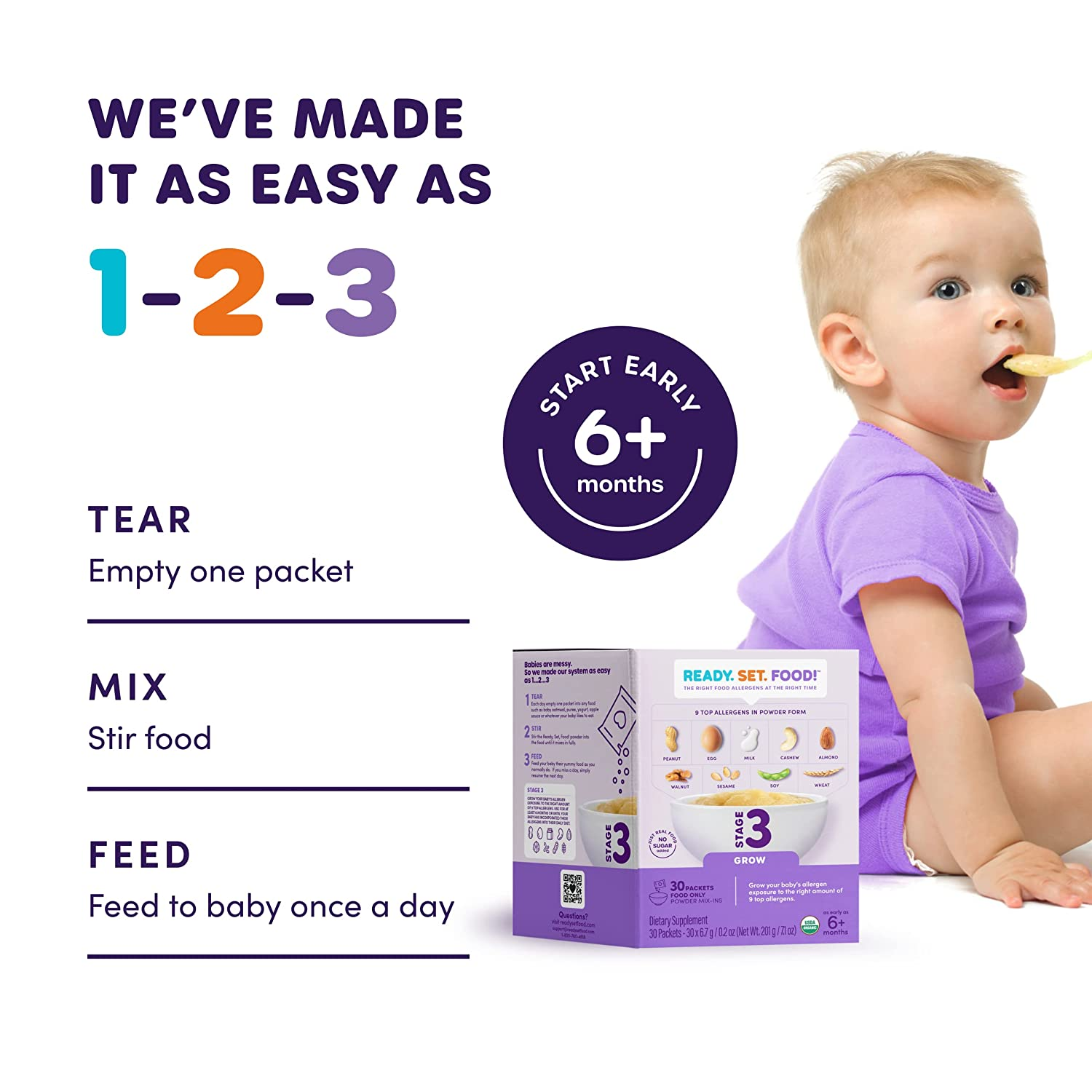
How do I know if my baby is allergic to new foods?
You will know very soon, within 30 minutes or so. If your baby has systems hours after eating a new few, I would not think it is linked to an allergy but maybe just their digestive system learning how to process the new foods.
It can be difficult to know if your baby is allergic to new foods, especially since babies may not be able to communicate their symptoms clearly. However, there are some signs and symptoms to watch for that may indicate an allergic reaction:
- Rash or hives: This is a common sign of an allergic reaction and may appear as red, raised bumps on the skin.
- Swelling: Allergic reactions can cause swelling, particularly in the face, lips, tongue, and throat.
- Trouble breathing: If your baby has difficulty breathing, wheezing, or coughing, it could be a sign of a severe allergic reaction.
- Vomiting or diarrhea: Digestive symptoms such as vomiting or diarrhea can also indicate an allergic reaction.
- Fussiness or irritability: If your baby seems unusually fussy or irritable after eating a new food, it may be a sign of an allergic reaction.
If you suspect that your baby is having an allergic reaction to a new food, it is important to seek medical attention right away. Your baby’s pediatrician or an allergist can perform tests to confirm the allergy and provide guidance on how to manage the allergy and prevent future reactions.
Take your time
Give your baby plenty of room for exploration and fun in the initial stages. Give yourself time to enjoy food with your baby. Avoid interference and just let your baby play. Remember that learning how to really eat food is not just when your baby eats but when they touch, see, smell, and taste the food.
In conclusion, baby led weaning can be a feasible and enjoyable approach to introducing solid foods to your baby. It promotes self-feeding and encourages the family mealtime experience. When starting baby led weaning, offer age-appropriate foods that are easy for your baby to pick up and chew. Consult with your child’s pediatrician before starting solid foods, and always supervise your baby while eating. With the right food preparation, and safety measures in place, baby led weaning can be a wonderful experience for both you and your little one.
BLW FAQ
When should you start BLW?
Baby-led weaning (BLW) can be started when your baby is around 6 months old and has reached some important developmental milestones. At this age, most babies have developed sufficient neck and head control to sit up unsupported and bring food to their mouth using their hands. They have also lost their tongue-thrust reflex, which pushes food out of their mouth, and can move food to the back of their mouth to swallow it.
It’s important to wait until your baby is at least 6 months old before you introduce solids or starting BLW, as babies who are introduced to solid foods too early may be at risk for choking and may not be developmentally ready to handle solid foods. It’s also important to consult with your pediatrician to ensure that your baby is ready to start solids and to get guidance on appropriate foods and portion sizes.
In summary, it’s generally recommended to start BLW around 6 months old, when your baby has developed sufficient motor skills and can safely handle solid foods. However, it’s important to consult with your pediatrician and pay attention to your baby’s readiness signs before starting BLW.
Can I start BLW at 4 months? Is 5 months too early for BLW?
According to medical advice the answer is:
Yes, 4 & 5 months is generally considered too early for baby-led weaning (BLW). According to the World Health Organization (WHO), babies should be exclusively breastfed for the first six months of life. After six months, infants can be introduced to complementary foods, including solids, while continuing to breastfeed for up to two years or beyond.
Starting solids too early can increase the risk of choking and may also lead to other digestive problems. It is important to consult with your pediatrician before starting any new feeding method or introducing solid foods to your baby. Your baby’s individual developmental milestones and readiness cues should also be taken into consideration before starting BLW or any other feeding method.
My answer:
Can your baby hold their head up well when sitting in their high chair? Is your baby showing interest in your food? Then I would say yes. We started BLW at 5 months with our baby because she could sit up and she was so interested in food and would reach for our food when we ate around her. Let your baby tell you when they are ready.
How do I know if my baby is ready for baby-led weaning?
There are several signs that indicate that a baby is ready for baby-led weaning (BLW). Here are some of the signs to look out for:
- The baby can sit up unassisted: A baby needs to be able to sit up and maintain good head control to be able to eat solid foods.
- The baby has lost the tongue-thrust reflex: This reflex is a natural reflex that babies are born with to prevent choking. It causes the baby’s tongue to push out anything that enters the mouth, including solid food.
- The baby is interested in food: If your baby is showing an interest in the food you’re eating, reaching for it or trying to grab it, this may be a sign that they are ready to try solid foods.
- The baby can pick up and hold objects: This is a sign that the baby has developed the necessary fine motor skills to pick up and hold finger foods.
- The baby is at least 6 months old: Experts recommend that babies be at least 6 months old before starting solid foods, including BLW.
It’s important to note that every baby is different, and some babies may be ready for BLW earlier or later than others. If you are unsure whether your baby is ready for BLW, it’s a good idea to speak with your pediatrician or a registered dietitian who can guide you and provide personalized recommendations for your baby.
What month should I start BLW?
The American Academy of Pediatrics recommends starting solid foods between 4 and 6 months of age, when your baby is showing signs of readiness such as the ability to sit up with support, good head control, and an interest in food. This is a good time to consider starting with baby-led weaning (BLW), if you choose to go this route. It’s important to note that BLW is not recommended for babies younger than 6 months old, as they may not have the motor skills or developmental readiness to handle solid foods. Always consult with your child’s pediatrician before starting any feeding method.

